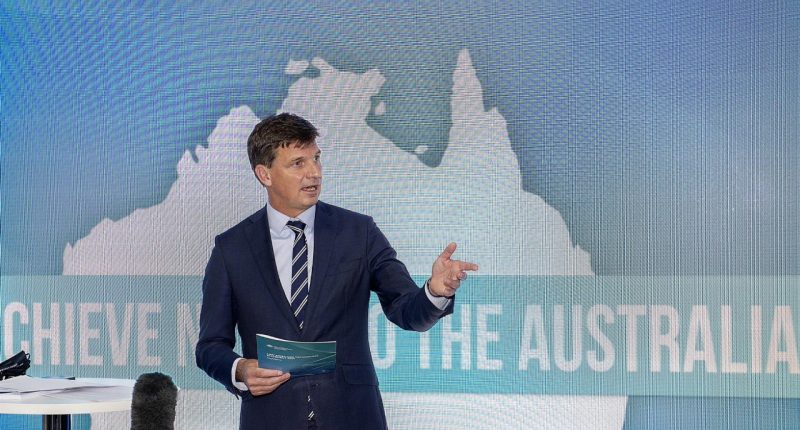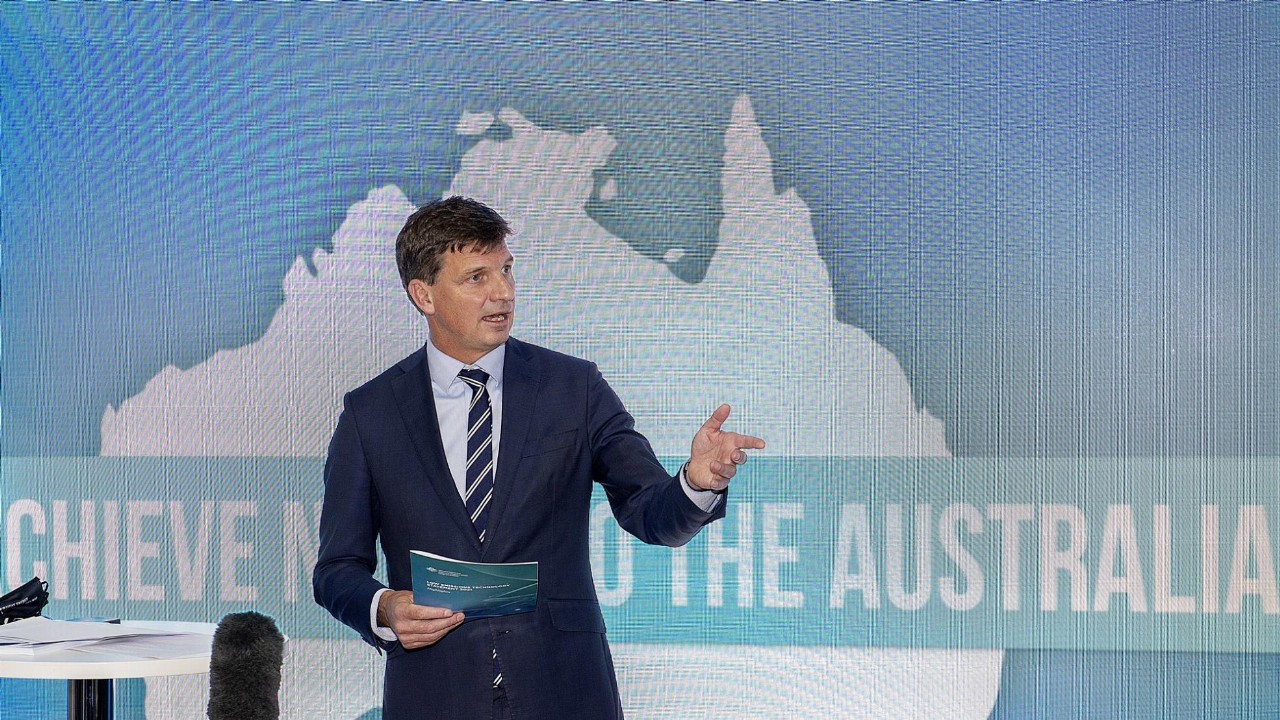- The government releases the economic modelling and research that helped shape Australia’s Long Term Emissions Reduction Plan to reach net zero emissions by 2050
- Minister for Industry, Energy and Emissions Reduction Angus Taylor says the modelling showed a clear path to net zero without putting industries, regions or jobs at risk
- The modelling, as defined in the plan, is based on a voluntary incentive to assist technology adoption as it approaches commercial parity
- Climate Council Senior Researcher Tim Baxter, who analysed the modelling, said “it may as well have been written in crayon”
The Morrison Government has released the economic modelling and research that helped shape Australia’s Long Term Emissions Reduction Plan to reach net zero emissions by 2050.
Minister for Industry, Energy and Emissions Reduction Angus Taylor said the modelling showed a clear path to net zero without putting industries, regions or jobs at risk.
“We’ve set out a credible pathway to net zero by 2050 while preserving our existing industries, establishing Australia as a leader in low emissions technologies and positioning our regions to prosper.
“It builds on our strong track record, with emissions already more than 20 per cent below 2005 levels. The Technology Investment Roadmap will reduce emissions by around 40 per cent, global technology trends will reduce emissions by 15 per cent, and high-integrity offsets will achieve at least a further 10 per cent reduction.
“It recognises the role future breakthroughs will play in closing the gap without taxes or mandates, with new and emerging technologies to reduce emissions by a further 15 per cent by 2050.”
Mr Taylor went on to say that the plan will be guided by five principles, technology not taxes; expand choices not mandates; drive down the cost of a range of new technologies; keep energy prices down with affordable and reliable power; and, be accountable for progress.
“It shows the alternative, blank-cheque approach, relying on mandates, penalties and taxes to achieve the same outcome, would require a carbon tax of between $80 and $400 per tonne, and the conversion of up to 10 per cent of productive agricultural land into vegetation to store carbon,” he said.
Climate Council Senior Researcher Tim Baxter, who analysed the modelling, said “it may as well have been written in crayon”.
“The most striking thing about this modelling is that it predicts the government won’t reach its own net zero by 2050 goal,” he said.
“This is pure spin. A document that has the singular purpose of attempting to legitimise the Federal Government’s do-nothing approach.”
The modelling is based on a voluntary incentive to assist technology adoption as it approaches commercial parity, with a focused role for high integrity domestic and international offsets voluntarily acquired from our Indo-Pacific area.
The plan aims to support private-sector action to decrease emissions by providing an Emissions Reduction Fund-style incentive or other enabling activities, such as giving information to customers or investing in enabling infrastructure.
By 2050, the simulated voluntary incentive climbs to $24/t CO2-e, which is lower than the price found in voluntary markets today.







